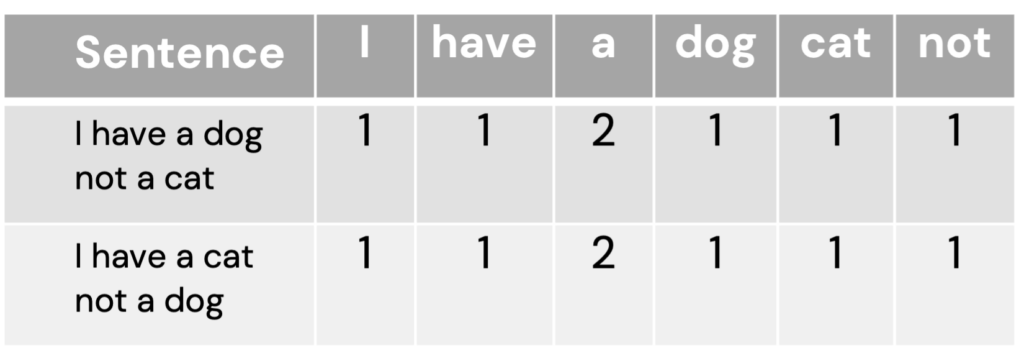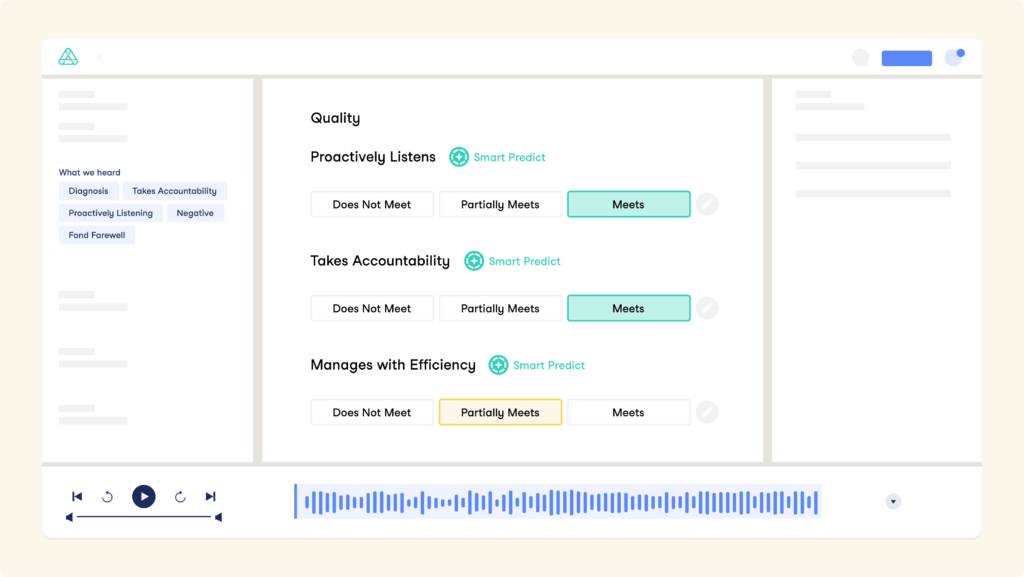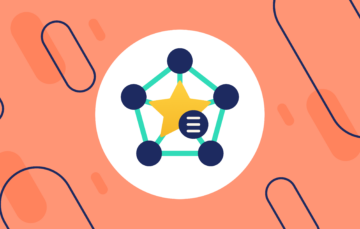
Artificial intelligence, or AI, is currently one of our industry’s biggest buzz words, and we don’t anticipate seeing that trend slow. AI is a term that captures a lot of attention and covers a broad range of different technologies that are inclusive of everything from robots and self-driving cars to chatbots, Alexa or Siri, or even search engines like Google or Safari. It’s a, once seemingly, futuristic tool that is now being actively implemented across industries and products for data processing, predictive analytics, conversational insights, and more.
Authenticx touts a cutting-edge artificial intelligence solution built specifically for healthcare. But what does that mean, exactly?
We are finding that many people do not really understand what AI is, how it works, or why it’s valuable to their organization’s specific use case.
Instead, we see organizations get caught up in the idea of deploying AI and fail to discuss what they plan to do with it, how the solution is going to make an impact, and ways they will track and measure success.
Artificial intelligence offers enormous potential insights and opportunities for organizations. The purpose of this guide is to help break down how AI actually works (without having to be a data scientist) in order to empower organizational leaders to invest in an artificial intelligence solution that will drive positive ROI.
What is Artificial Intelligence?
Artificial intelligence, or AI, provides the ability for a machine or computer to complete tasks that, in the past, have been performed manually by a human. At Authenticx, we primarily work with conversational intelligence AI which is a type of artificial intelligence that allows computers to engage and interact with bi-directional conversations. This can include human to human conversations, as well as human to computer conversations (such as a chatbot, for example).
When thinking about conversational intelligence functionalities, this might include:
- Audio to text transcription
- Natural language processing (NLP)
- Tagging and labeling conversations
- Searching topics and themes
- Random sampling
- Autoscoring quality or compliance
- Summarizing data
- Topic identification
AI automatically performs these tasks through its ability to recognize and predict patterns. This is important because it offers a way to work with conversational data (such as audio and text) to create structured meaning and insights. To be able to do this, artificial intelligence is the tool that provides a translation of words and conversations into a ‘language’ that computers can understand: numbers.
How Does Conversational Intelligence Work?
To translate words into numbers, there are several different concepts that help explain how AI bridges the gap between human speech and computer analytics.
1. Vectors
A vector, in basic terms, is an ordered list of numbers that is commonly represented by an arrow with a magnitude and direction or a certain location in space. Vectors are important in AI because they allow for complex data sets (for example, a sentence) to be indexed and represented more simply by a string of numbers. Previously, a sentence could be represented as a vector by counting how many times certain words appear. However, this approach quickly exhibits limitations due to the massive dimensionality of even a short, simple sentence and the complexity of capturing every possible word combination.

Consider this above example. If we look at the two sentences, they state opposite meanings, yet they have identical vectors. This short sentence highlights the complexity of mapping all possible iterations and context. A 7-word sentence already creates a 6-column matrix. Imagine trying to create a vector based on any sentences written so far in this blog post!
2. Word Embedding
Embeddings have emerged as a solution to help encode meanings to words alongside vectors. In natural language processing (NLP), word embedding is a term used for the representation of words for text analysis. Using vectors, embeddings group words that are expected to be similar in meaning closer together. These word associations help provide context and establish patterns for speech analysis. This creates a ‘map’ that mathematically represents speech as plot points, which is the starting line for many models and algorithms.

3. Machine Learning Models
Authenticx-built, AI-driven models use word embeddings to capture information about our data, and then leverage that information to seek similarities as additional data continues to be added. Models can ingest large and complex data sets (such as sentences and pages of text) and offer insights highlighting the occurrence of topics, events, emotions, or perceptions within conversations. As data is inputted, the machine is trained to predict, learn, and improve its own accuracy based on established speech and language networks that are specific to the model’s topic or scope. With enough data, the machine will be able to establish connections and relationships that make sense within the established bounds of the model and problem at hand, which can improve accuracy over time with ongoing calibration as new data arrives.

At Authenticx, our machine learning models focus on being healthcare-specific in order to best serve our clients. We have trained our AI models utilizing conversations that are representative of the industries we serve, ensuring that our training data is contextually relevant to the problems we’re interested in solving.
We have numerous models that help us identify important and relevant topics, such as:
- Contact center quality
- Regulatory compliance specific to healthcare (for example, the presence of Adverse Events or HIPAA breaches)
- Sentiment and emotions
- Conversation summaries
What is the Future of Artificial Intelligence?
As innovation advances, data scientists will look to enhance the ‘human-ness’ of conversations and incorporate different senses and modes of communication. Currently, with text analysis, there is a lack of tone context (think of sarcasm, for instance). Deep learning with audio will be part of the future in mapping sound waves alongside text to enhance machine learning models. This creates powerful opportunities to better understand sentiment and layer different models with additional data sources. This multi-modal approach is evolving rapidly and offers exciting advancements for what’s to come in the field.

Transform CX with Conversational Data
This guide provides the ultimate source of informations about unsolicited feedback and how it can be leveraged to transform your customer experience strategy.
Tell Me More About AI at Authenticx
Using artificial intelligence, machine learning, and natural language processing technology, our product innovation team leverages conversational intelligence to build a robust platform that draws meaning from unstructured data to answer questions, provide quality service, or enhance customer support.
We are focused on the work of understanding and interpreting conversations. In the AI world, this is often called Natural Language Understanding, or NLU. There are several AI tools, or subcategories, we have in our tool kit to help, including: transcription, rule-based classification, and machine learning models built specifically for healthcare.
Machine learning is integrated through Authenticx, making it accessible for even non-technical users. While conversational intelligence may seem complicated, in practice, it presents actionable insights and outcomes that are clear, useful, and relevant to finding solutions to the challenges faced across healthcare.

See Authenticx in Action
Learn more about how Authenticx analyzes customer conversations to surface recurring trends in this two-minute video.
About Authenticx
Authenticx was founded to analyze and activate customer interaction data at scale. Why? We wanted to reveal transformational opportunities in healthcare. We are on a mission to help humans understand humans. With a combined 100+ years of leadership experience in pharma, payer, and healthcare organizations, we know first-hand the challenges and opportunities that our clients face because we’ve been in your shoes.
Want to learn more? Contact us!


